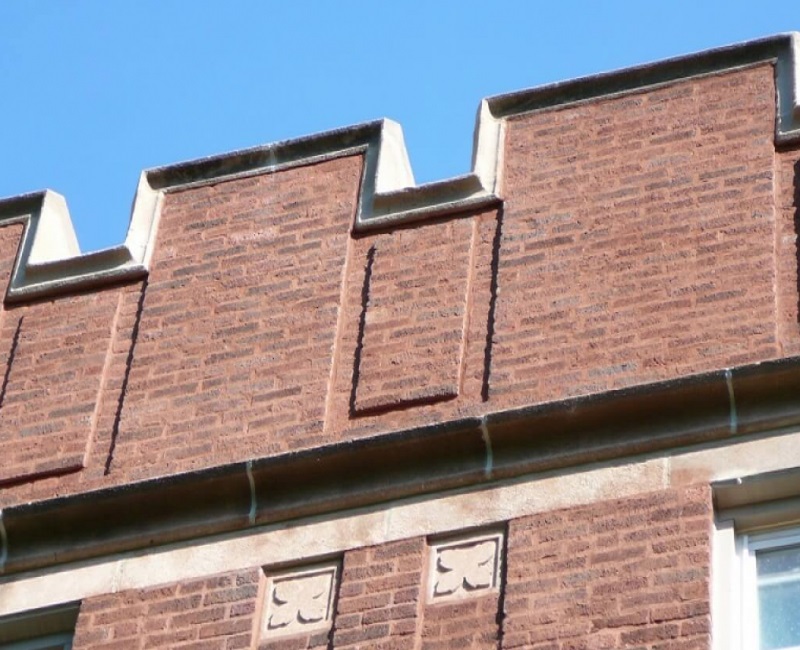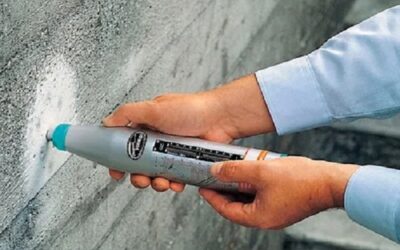Parapet wall is a new building industry trend that will redefine the facade walls of different types of buildings. A parapet wall will turn any wall into a valuable facade. A parapet wall is a small or low wall that building owners can use to secure terrace area, roof, balcony, passage, walkway and any other corner. The most amazing thing about roof parapet wall is that apart from serving as a retaining wall; it can also be a safety barrier or protective system for the people falling from terrace to ground.
There are many different types of parapet walls, such as brick parapet walls, masonry parapet walls, wooden handrails, iron grills, and so on.
Parapet Wall Applications
- To improve the structure’s visual look.
- To protect (or conceal) the structure’s rooftop machinery and equipment, such as air conditioning units.
- To protect people from falling while on roofs or terraces.
- To keep the vehicles from colliding with the bridge.
- To keep dust from getting onto the roofs.
- To be used as a deterrent in military zones. Perforated parapet walls are commonly utilised in the military.
- To reduce the amount of wind load & thunderstorms acting on the rooftop to a minimum.
- Blocks dust and debris, or protects pots and plants from falling from the roof in the case of a rooftop garden.
- It serves as a fire deterrent as well as a firewall.
- It also allows for more efficient and safe use of roof space.
Parapet Wall Construction
When it comes to parapet wall construction, a lot of things can go wrong. Before erecting parapet walls, it is critical to examine these considerations. Remember that, unlike other outside walls, parapet walls have three sides that are visible. Through structural gaps, balloon framing, or electrical and plumbing connections, they become mistakenly connected to the interior space. As a result, it’s critical to keep the parapet wall and internal rooms separate. Given below, some useful tips on parapet roof detail.
- The parapet wall must be at least 2.5 feet tall above the roof surface. ( The standard parapet height is 3 feet.) In any event, the parapet wall should not exceed 4 feet.)
- The parapet wall must have a minimum thickness of 4 inches. (The standard parapet thickness is 9 inches.)
- To solve the dampness problem, the parapet wall should be plastered on both sides.
- The roof-to-parapet joint should be adequately sealed.
- Provide wall-penetration flashing beneath the mortar bed to keep moisture out.
- Provide venting to each wall cavity.
- Use round “soffit vents” to disperse rain water, especially if the venting holes are in exposed areas.
- If there are any venting holes that aren’t in use, close them to keep bugs and insects out.


